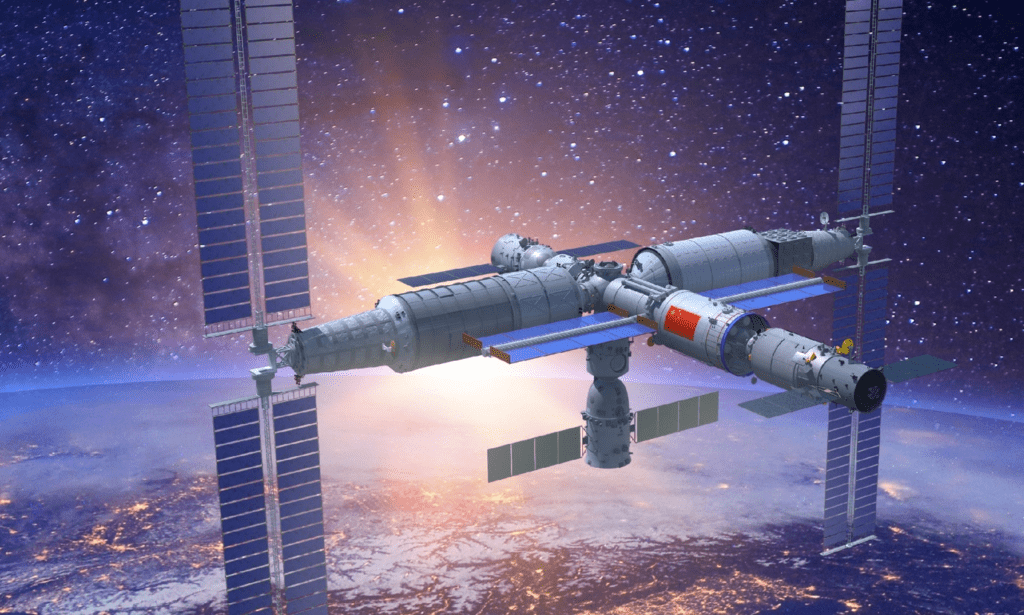
Canada Appeals for International Firefighting Aid
June 09, 2025: Canada has issued an international appeal for firefighting support as wildfires intensify across multiple provinces

June 17, 2021: -China will send the first astronauts to its self-developed space station on Thursday.
The Shenzhou-12 spacecraft carrying three astronauts will launch a Long March 2F rocket from the Jiuquan Satellite Launch Center in northwest China on Thursday at local time.
It is China’s first human-crewed space mission since 2016, and the first-time astronauts will go to the new space station of the company, which is still getting developed.
In April, China launched one of the modules among the three that will make up the space station. It is known as “Tianhe” and will be the living quarters for the astronauts. And last month, China sent the Tianzhou-2 cargo spacecraft to dock with Tianhe. This spacecraft contains supplies for the astronauts, such as food.
This year, China will carry out 11 missions and complete the space station’s construction, including four human-crewed assignments. The space station is expected to go into operation in the coming year.
On Thursday, the three astronauts going to space are Nie Haisheng, Liu Boxing, and Tang Hongbo. Liu and Nie are veterans, while Tang will take his debut flight to freedom. They can spend nearly three months on the space station.
In the mission, the astronauts will test the technologies required for the construction and operation of the station, like life support mechanisms and in-orbit maintenance.
Astronauts will have different living and working areas and their sleeping sections.
The first self-developed space station of China looks to rival the International Space Station, a cooperative effort between the United States, Russia, Europe, Japan, and Canada, while China is uninvolved.
And the first human-crewed mission in nearly five years highlights China’s broader ambitions in the space industry.
In the previous year, China completed the Beidou satellite system, rivaling the U.S. government-owned Global Positioning System. And earlier this year, China landed its first uncrewed spacecraft on Mars.
We provide the insights on leaders who are responsible for taking their organization to new heights, all the while bringing together a group of talented individuals.

June 09, 2025: Canada has issued an international appeal for firefighting support as wildfires intensify across multiple provinces

May 27, 2025: Air Canada Cuts Five U.S. Routes for Winter 2025–26, Part of Broader Cross-Border Retrenchment

May 26, 2025: Trump Freezes $2.2B in Federal Grants to Harvard Over DEI, Threatens Tax-Exempt Status.

May 14, 2025: Microsoft has announced plans to reduce its global workforce by approximately 3%, affecting roughly 10,000 employees across multiple departments.

May 13, 2025: The Trump administration is considering suspending the constitutional right of habeas corpus in a bid to accelerate mass deportations.

April 29, 2025: Donald Trump’s second term has reached the 100-day mark under sustained public skepticism, with national approval ratings